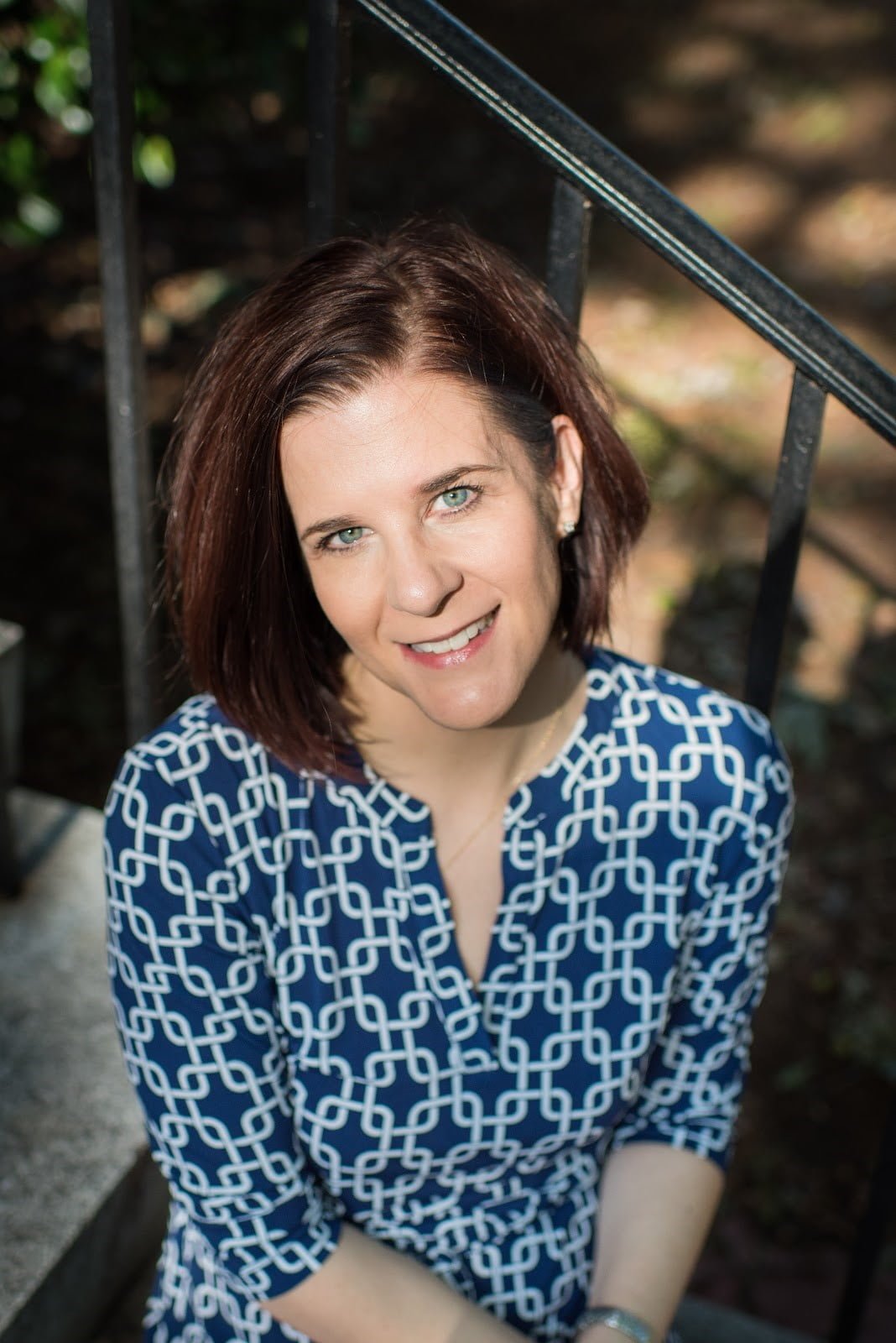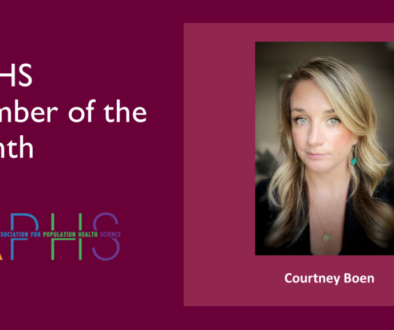5 Steps to Establishing an Interdisciplinary Population Health Consortium
Katrina WalsemannMaybe you’re like me and you were trained at a population research center. You loved the exciting interdisciplinary work there and want to recreate that experience at your new university, but you don’t know where to begin. Or maybe you’re just interested in bringing population health scholars at your university together. Keeping in mind that every institution is unique – with their own sets of norms, values, and missions – I’ve identified five steps for starting your own population health consortium, based on my experience establishing the Carolina Consortium on Health, Inequalities, and Populations (CHIP) at the University of South Carolina. CHIP brings together a collaborative group of interdisciplinary scholars conducting innovative research aimed at understanding and addressing the social processes that influence population dynamics and health inequalities.
Step #1: Get a lay of the land.
This step may seem obvious, but it is foundational.
How is your university organized? For example, at my university, we have schools of public health, nursing, social work, medicine, and business, but no school of public policy.
Who is doing population health work across the university? Depending on the size of your university, some of these researchers may be in departments that you might not initially consider – like geography, political science, women’s and gender studies, or Chicano or African American studies.
Finally, are there existing programs you can build upon so that you’re not reinventing the wheel? Your university may already have interdisciplinary degree programs that touch on population health issues. The people who run these programs could provide important insight into existing infrastructure and can identify potential partners.

Step #2: Connect with researchers on your campus who are interested in population health.
First, determine what you mean by population health. In our group, we kept the definition broad and inclusive. We have feminist theorists, religion scholars, life course and aging researchers, and scholars interested in the social determinants of health, to name just a few.
Second, and relatedly, some faculty might not see themselves as population health researchers or might conduct only limited health research. These folks might worry about fit. Remember, everyone’s time is valuable, and you will need to convey to these scholars how being a part of this new group will benefit them (and it must!).
Finally, the success of your group will depend on a) the relationships you establish with group members and b) the relationships group members establish with one another. Our group started small – five of us from departments of epidemiology, health promotion, and sociology – meeting for monthly lunches at a local café. Once this core group was established, we expanded to include faculty in social work, nursing, and health policy as well as graduate students in our respective departments.
Step #3: Develop a vision for your group as well as short-term (3-year) and long-term (10-year) goals.
As CHIP expanded, we needed a vision and roadmap for the future. Who were we? What were our research strengths? Where we were headed? What was our ultimate goal? How could we achieve that goal? We developed our vision and mission statements as well as a name for our group that would signal who we were to students, faculty, and administrators. At times, this process felt very time-consuming, but once we had these items in place, we gained momentum because we knew what we needed to do to achieve our long-term goal: becoming a funded research center.
 Step #4: Identify internal funding sources to develop your infrastructure.
Step #4: Identify internal funding sources to develop your infrastructure.
We were fortunate that the Office of the Vice President for Research (OVPR) at the University of South Carolina offers at least two funding streams that we could apply for as we worked toward becoming a funded research center – a visiting scholars grant program and an interdisciplinary research grant program.
We started small and secured an internal grant that brought three senior-level visiting scholars – Sherman James, Mark Hayward, and Gilbert Gee – each for a one-week visit to our campus in 2015-2016. These scholars had either a) established a research center; b) directed a research center; and/or c) developed a track record of successfully mentoring junior scholars in the social determinants of health. Our agenda for their visits was simple – gather as much advice as we could about how to grow CHIP, build infrastructure, and ultimately secure external funding.
Over the next two years, we put their advice into action. We started by increasing the number of our affiliates engaged in joint research projects – both funded and unfunded. When new faculty joined our respective departments, we invited them to join CHIP. And we reached out to faculty in departments that weren’t yet represented in CHIP and asked them to get involved. Today, we have twelve faculty affiliates and eight post-doctoral and graduate student affiliates.
In 2019, we secured a $100,000 internal grant from the OVPR to transform UofSC into a national leader in health, inequalities, and population research. This grant will seed four research projects led by CHIP affiliates that will garner preliminary data to strengthen our competitiveness for external grant applications, a necessary prerequisite for applying for NIH training and center grants.
Step #5: Secure buy-in from your chairs and deans
This step is important for everyone trying to develop a research group, but even more so for those who do not have access to internal grant mechanisms to fund infrastructure development. It’s not only that chairs and deans may be able to financially invest in your group – one of our deans provided us with money to develop a webpage (https://chip.sc.edu/) so that we could reach more faculty on campus and disseminate our research to those outside the university – but they can also help you connect with other administrators on campus whom you need as allies.
If your department or school has limited funds, ask for things that require less financial investment but demonstrate institutional commitment. For example, perhaps your department has a speaker series. If so, ask if your group could select and invite the next speaker and have time on their agenda to meet with them. Maybe your department has unused office space. Ask your department chair if they would be willing to let your group use it for research meetings. Think creatively about what your group needs to continue to grow and build these important relationships with your administrators. To do this, make sure you help them see why investing in your research group would yield long term benefits to your department, school, and university.
Conclusion
Whenever you create something from scratch, progress is often slow. Don’t give up. Identify ways to build your group gradually so that it can be sustained even if a key faculty member departs. In the end, your investment will yield dividends to your university. Offering an intellectual space, like we have at CHIP, often makes your university more appealing to scholars interested in population health. And that will help you recruit more population health scholars. And on it goes…
Questions? Contact Katrina Walsemann at kwalsema@mailbox.sc.edu
Learn more about CHIP: https://chip.sc.edu
Follow us on Twitter @UofSC_CHIP






All comments will be reviewed and posted if substantive and of general interest to IAPHS readers.